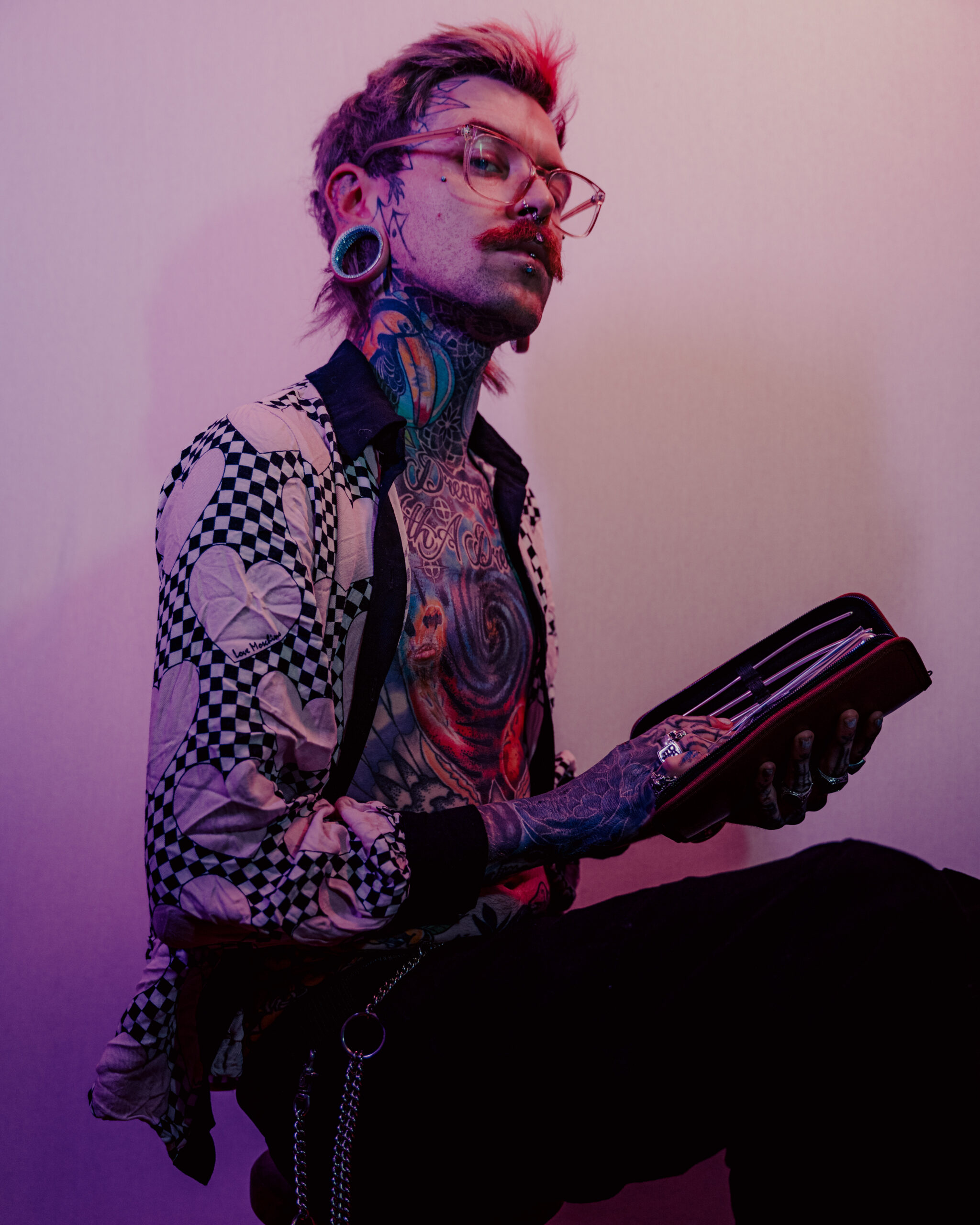Recognition of Non-Binary Identities
Recognition of non-binary identities in English has significantly evolved in recent years. This shift reflects a growing understanding and acceptance of gender as a spectrum rather than a binary. Traditional language often confined individuals to categories of “male” or “female,” excluding those who identify outside these norms. However, the emergence of inclusive language and pronouns like they/them, along with terms such as “non-binary,” “genderfluid,” and “agender,” has created space for individuals to express their identities authentically. This linguistic evolution contributes to a more inclusive and representative society, acknowledging the diversity of human experiences.
Evolving Marriage and Adoption Laws
The evolution of marriage and adoption laws closely mirrors societal shifts in understanding gender identity and sexual orientation. Historically, these legal frameworks were rigidly defined by heteronormative assumptions and binary understandings of sex and gender.
Over time, landmark rulings and legislative changes have gradually expanded access to marriage and adoption for same-sex couples and individuals who identify as LGBTQ+. This progress reflects a growing recognition of the fundamental right of all individuals to form families and build loving relationships, regardless of their sexual orientation or gender identity.
The fluid nature of sexual and gender identities has challenged traditional legal paradigms. Courts and lawmakers have had to grapple with evolving concepts of family structure and redefine legal definitions to encompass a wider spectrum of human experience. This ongoing evolution reflects a commitment to social justice and equality, ensuring that all individuals have equal rights and opportunities in society.
Transgender Rights Advocacy
## Cultural Representation
Accurate representation of transgender identities in media is crucial for fostering understanding and combatting prejudice.
Transgender characters on television, film, and in literature can help break down stereotypes and promote empathy among viewers. When transgender individuals are portrayed authentically and with dignity, it challenges misconceptions and normalizes the experience of being transgender.

However, positive representation remains limited. Transgender characters are often relegated to stereotypical roles or used as punchlines for jokes. This lack of nuanced and diverse portrayals can reinforce harmful stereotypes and contribute to discrimination.
There is a growing movement advocating for more inclusive and accurate representations of transgender people in media.
This includes calls for greater diversity behind the camera, with more transgender writers, directors, and producers involved in creating content. Increased visibility of positive and authentic transgender stories can help create a more just and equitable society.
Increased Visibility in Media and Entertainment
The increased visibility of non-binary identities in media and entertainment has been significant in recent years. This is reflected in the use of inclusive language, pronouns like they/them, and the emergence of terms such as “non-binary,” “genderfluid,” and “agender” in popular culture.
Television shows, films, and books now feature characters who identify as non-binary, allowing for greater representation and understanding of these identities. This visibility helps to normalize non-binary experiences and challenges traditional binary notions of gender.
However, there is still a need for more nuanced and diverse portrayals of non-binary individuals in media. It is important to move beyond stereotypical representations and showcase the richness and complexity of non-binary lived experiences.
Impact on Fashion and Style
The evolving understanding of gender identity has had a profound impact on fashion and style. As societal norms around gender expression become more fluid, traditional boundaries are being blurred, leading to greater diversity and experimentation in clothing choices.
Non-binary individuals, for instance, are challenging the notion that certain clothing items are exclusively masculine or feminine. They are embracing a wider range of styles and expressing themselves through fashion in ways that defy conventional gender norms.
The rise of gender-neutral clothing lines and brands further reflects this shift. Designers are increasingly creating collections that cater to all genders, offering options that transcend traditional binary categories.
This move towards inclusivity is empowering individuals to express their true selves through fashion, promoting self-acceptance and challenging societal expectations. The fluid nature of gender identity is influencing the way we think about style, leading to a more diverse and expressive fashion landscape.
Experiences of Discrimination and Stigma
The acceptance of non-binary identities has brought significant social change, impacting various aspects of life, including language, law, media representation, and even fashion.

- Language: The evolution of inclusive language, with pronouns like they/them gaining wider acceptance, reflects a growing recognition of gender diversity. Terms like “non-binary,” “genderfluid,” and “agender” are now more commonly used, allowing individuals to express their identities authentically.
- Law: Legal frameworks have adapted to recognize the rights of LGBTQ+ individuals. Marriage and adoption laws have expanded to include same-sex couples and individuals who identify as transgender, reflecting a commitment to equality and social justice.
- Media Representation: Accurate representation of transgender people in media is crucial for combating prejudice and promoting understanding. Authentic portrayals of transgender characters can challenge stereotypes and foster empathy.
- Fashion and Style: The fluidity of gender identity has influenced fashion, blurring traditional boundaries between masculine and feminine clothing styles. Non-binary individuals are challenging norms and embracing a wider range of clothing choices, leading to more diverse and expressive fashion.
Access to Healthcare and Support Services
Access to healthcare and support services is crucial for the well-being of individuals who identify as LGBTQ+, particularly those whose gender identities fall outside the traditional binary. Discrimination and stigma can create barriers to accessing necessary medical care, mental health services, and social support.
Many LGBTQ+ individuals experience unique healthcare needs related to their gender identity and sexual orientation. This can include hormone therapy for transgender individuals, mental health support for those struggling with identity issues or facing discrimination, and preventative care specific to LGBTQ+ health concerns.

Unfortunately, access to these services is often unequal. Some healthcare providers may lack training in LGBTQ+-inclusive care, leading to insensitive treatment or a failure to address specific needs. This can result in delayed diagnoses, inadequate treatment, and negative experiences that further marginalize LGBTQ+ individuals.
There are organizations working to improve access to healthcare for the LGBTQ+ community. These groups provide resources, advocate for policy changes, and support the development of LGBTQ+-competent healthcare providers.
It is essential to create a healthcare system that is welcoming, affirming, and inclusive for all individuals, regardless of their sexual orientation or gender identity. Ensuring equitable access to quality healthcare is fundamental to promoting the health and well-being of the entire community.
sounding toys
Lottie London Aesthetics
Crunchy Jewels
- How Long Does It Take To Recover From Lip Filler - August 18, 2025
- How Long Does A Non Surgical Mini Facelift Last? - August 17, 2025
- How Do I Make My Nose Inflammation Go Down? - August 3, 2025
